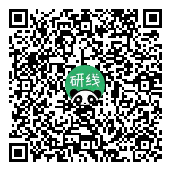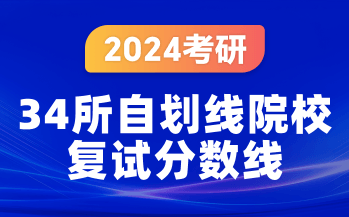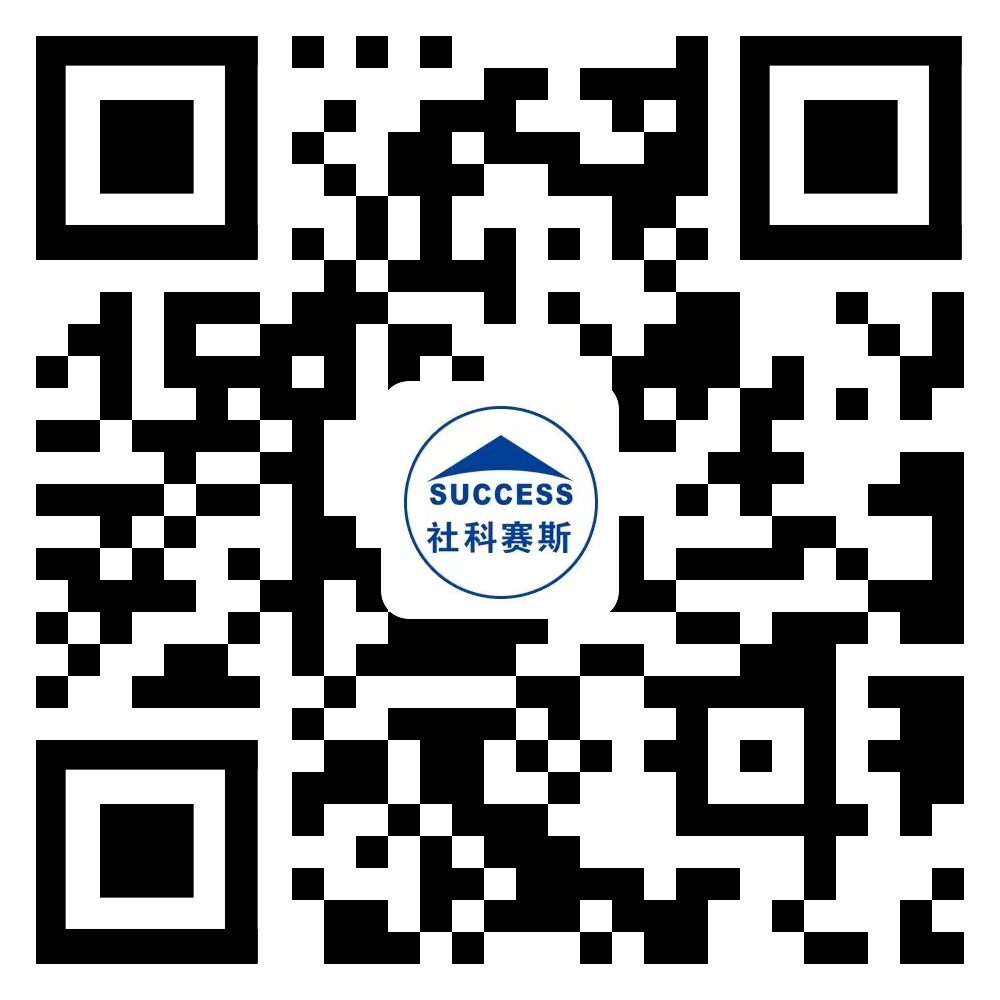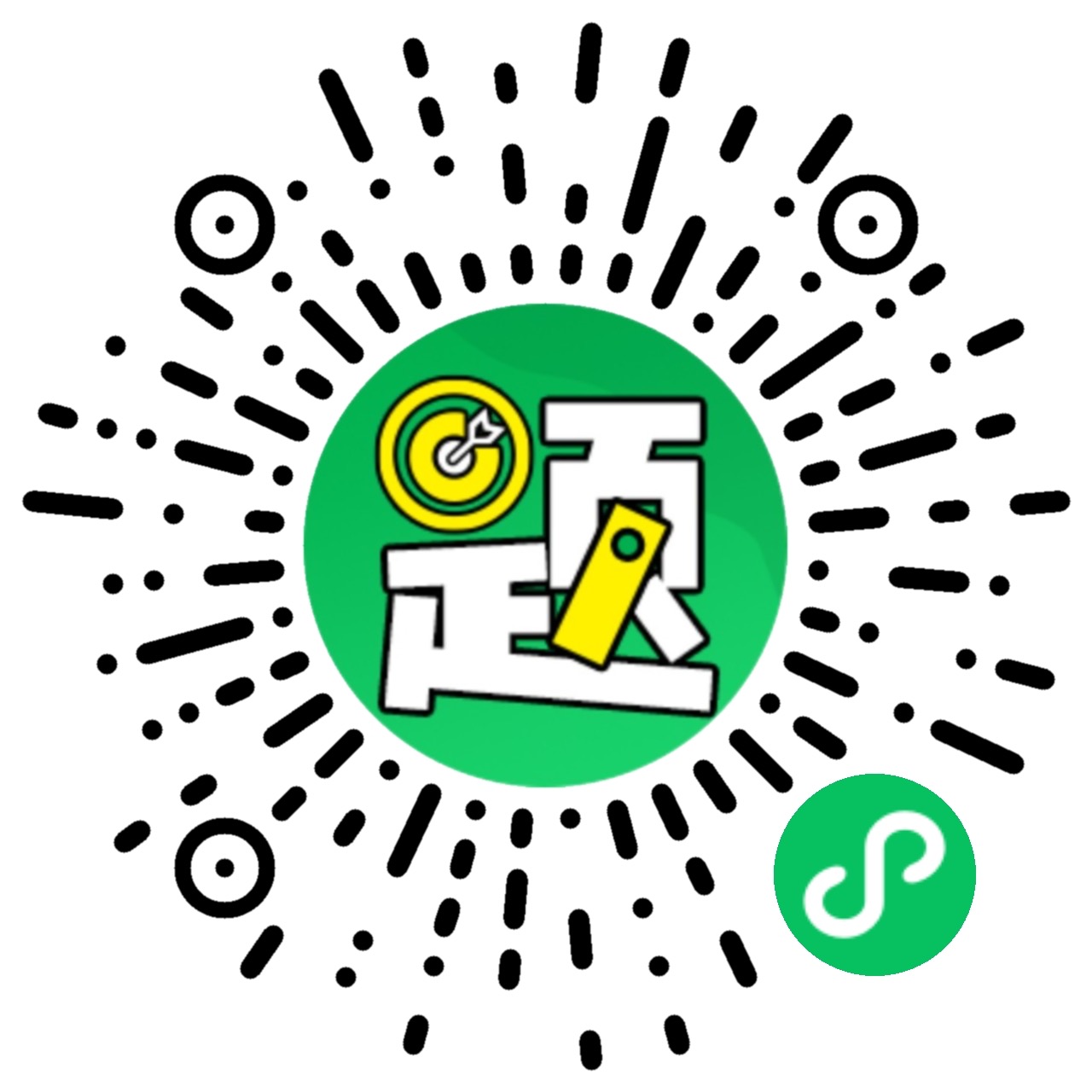题干中出现example、case、demonstrate、illustrate等词的时候,可以判定为例证题。
(二)解题思路
1.返回原文,找到包含例子的句子。
2.进一步寻找与例子(论据)相匹配的论点所在的句子。
在这两步之中,第一步并不能真正解决,能真正解题的是第二步,第二步找到的才是线索句,也就是题目的答案来源句。
(三)常见出题套路
1、当有明显例证词时:①当文中出现for example或者for instance等时,结论就出现在上一句。②当出现therefore时,结论就出现在下一句。
2、当没有明显例证词时,结论往往在段落的首句,往往是本段的首句,也有可能是上下段的首句。
3、文章开头的例子一定是为了引出主题,所以一般选项中有introduce的往往是正确答案。如果选项中没有introduce,则再选择与其相匹配的结论。
4、例子1+but+例子2 +结论,在该模式下,例子1和例子2都是为了说明结论。
5、例子+结论1 +but+结论2,此时例子是用来证明结论1的。
6、例子+but+结论,那么该例子为了说明非A。例如:今天买了3个香奈儿的包,但是还是不开心。那买包的例子就说明,买包可以让人开心。
我们来看一下2008年的这个真题;
In 1784, five years before he became president of the United States, George Washington, 52, was nearly toothless. So he hired a dentist to transplant nine teeth into his jaw--having extracted them from the mouths of his slaves.
That's a far different image from the cherry-tree-chopping George most people remember from their history books.
36. George Washington’s dental surgery is mentioned to_____________.
[A] show the primitive medical practice in the past
[B] demonstrate the cruelty of slavery in his days
[C] stress the role of slaves in the U.S history
[D] reveal some unknown aspect of his life












 京公安网备11010802020593号
京公安网备11010802020593号